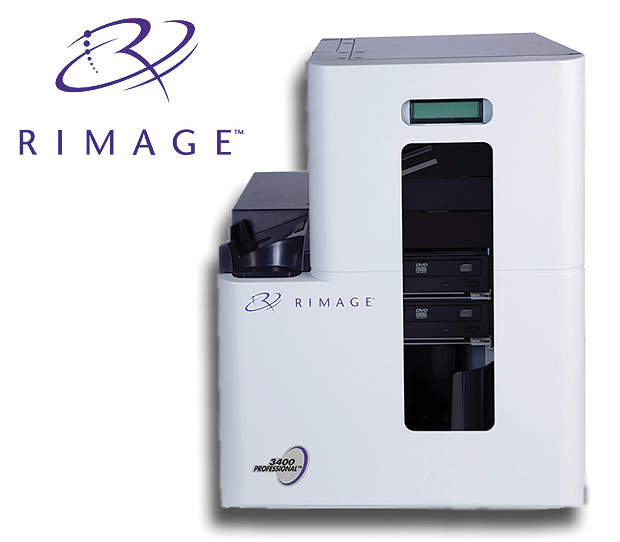CD, DVD and, more recently, BluRay robots are well accepted as a cost-effective replacement of film printers in the medical imaging business. However, just as today’s paper printers and copiers have become multi-functional, CD robots also need to become a multi-functional solution.
Large hospitals, clinics and private radiology cabinets have made the move to CD robots, not only to reduce their operational cost but also to gain the benefits of viewing and using digital images. Replacing expensive film has initially been the driving force in this evolution but just as printers have multiple applications (you can scan, email, fax, copy, print and even archive paper documents), CD robots need to become multi-functional in order to manage Dicom images.
Advanced patient CD production
Automated output of Dicom images to patient CDs is the basic functionality. Today, however, additional requirements must often be met, such as adding reports, image forwarding, compression and decompression, secure encryption, high performance and business continuity. The application must be user friendly, available in any language and preferably web-based to allow access from any workstation.
Wouldn’t it also be advantageous if you could add a Dicom viewer of choice to the patient CD?
Automated patient CD uploading
Uploading patient CDs to your PACS can be time consuming. Why not consider automating this process using the same CD robot? Reconciliation of patient data with your PACS/RIS and complete reporting are a requirement.
Offline archiving
Are you planning to acquire a PACS or to store off-line copies of your data? Your CD robot can automatically create incremental backup copies containing all newly acquired Dicom images – every day, week or month.
Online archiving
Some CD robots provide high-capacity secure RAID storage. Why wouldn’t you use it to store your Dicom images? And if you need even more space, or want to completely protect your valuable data, solutions such as the Silent Cube offer a cost-effective long-term archiving solution. The Silent Cube is highly scalable, ranging from 4TB to multiple hundreds of terabytes. And, unlike most of its competitors, it is very affordable.
Paper – an alternative to CDs?
Yes, it can be, but not for all types of Dicom images. Paper can be used for ultrasound and conventional radiology (CR, DR), but what about CT, MRI, MG and video output (e.g. endoscopy)? For such images, patient CDs are the only viable solution. In our multi-functional concept of a CD robot, paper printing can be just a different output method that complements the CD.
Sharing Dicom images over the web
Secure web access to Dicom images may seem like the ultimate goal. It seems so easy to acquire the images and share them over the web with your valued colleagues and patients. The bandwidth of the internet has dramatically increased over the last years, making it possible to transfer Dicom images at reasonable speeds. However, over recent years, the sizes of these studies and the images have also increased. Although web access may be a perfect solution for conventional radiology, transferring images using CD or DVD remains a requirement for larger images (e.g. mammography) or series (e.g. CT, MRI). But why not use CDs and the internet? Your archiving solution could provide a web access layer.
The Perennity solution
In combining the Perennity software suite, the Rimage CD robots and the Fast-LTA Silent Cubes for long-term archiving, we offer a cost-effective, multi-functional ‘front to end’ Dicom image management solution. Optional Perennity add-ons offer features such as Dicom-to-paper and web access to archived images. Their network of over 50 dedicated worldwide distribution partners will assist you in implementing solutions to ensure that your needs are fulfilled in the best possible way, the multi-functional way.




